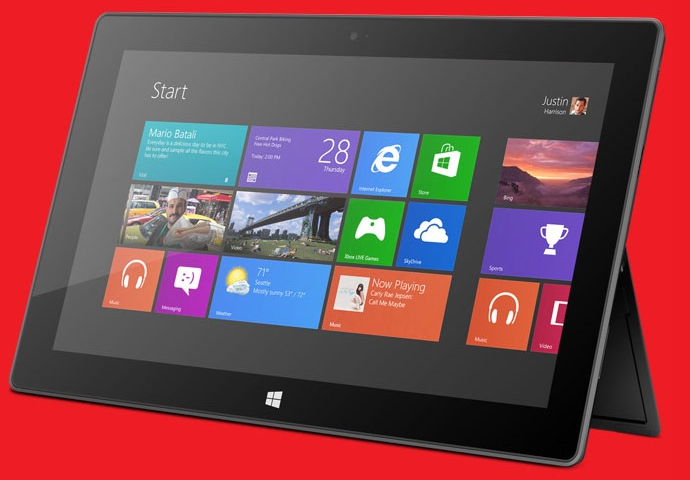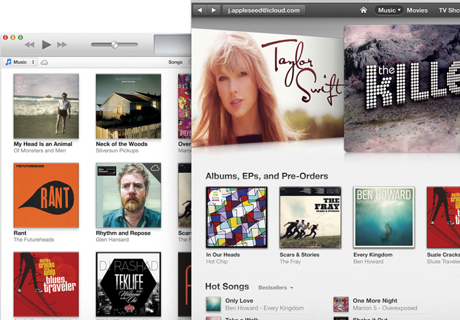How Netflix is Using Big Data in Effort to Become the HBO of Streaming
December 4, 2012
- Netflix wants to be the first “real” network of the Internet by taking HBO’s original content strategy and applying it to the Web.
- “Netflix doesn’t just want to compete head-to-head with the established television networks with exclusive content,” reports Wired. “It wants to do it by using something that traditional networks don’t have: Access to your viewing habits and preferences. It knows who watches what and it’s making huge bets that their algorithm will help it determine which shows will be hits.”
- “We know what people watch on Netflix and we’re able with a high degree of confidence to understand how big a likely audience is for a given show based on people’s viewing habits,” says Jonathan Friedland, head of communications at Netflix.
- The company reportedly paid more than $100 million for exclusive rights to the first two seasons of “House of Cards,” outbidding HBO and AMC.
- “But Netflix’s pursuit of original and exclusive content is a bit different from HBO,” the article states. “Netflix doesn’t own the shows that will premiere on the service. Instead the company is licensing the the content for a set amount of time.” After two seasons, “House of Cards” could be bought up by other networks who outbid Netflix. And if the show flops, Netflix can’t simply stop after one season.
- The streaming service still dominates Internet traffic, but is looking for ways to keep ahead. However, “…by delivering an entire season at once, the company would be putting all the power in the hands of viewers and could destroy ‘Event TV,'” Wired writes.
- “It’s going to change the way people look at television,” Friedland says. “By putting all 13 episodes out on the same day giving everyone the opportunity to watch it at their own pace is going to be a major moment. We put the consumers in charge of their own experience. It’s going to be an interesting time.”





